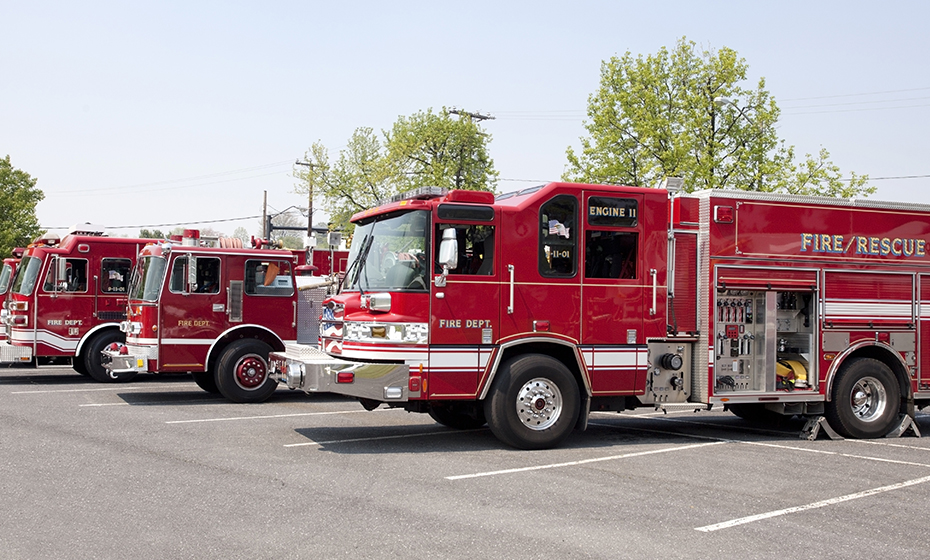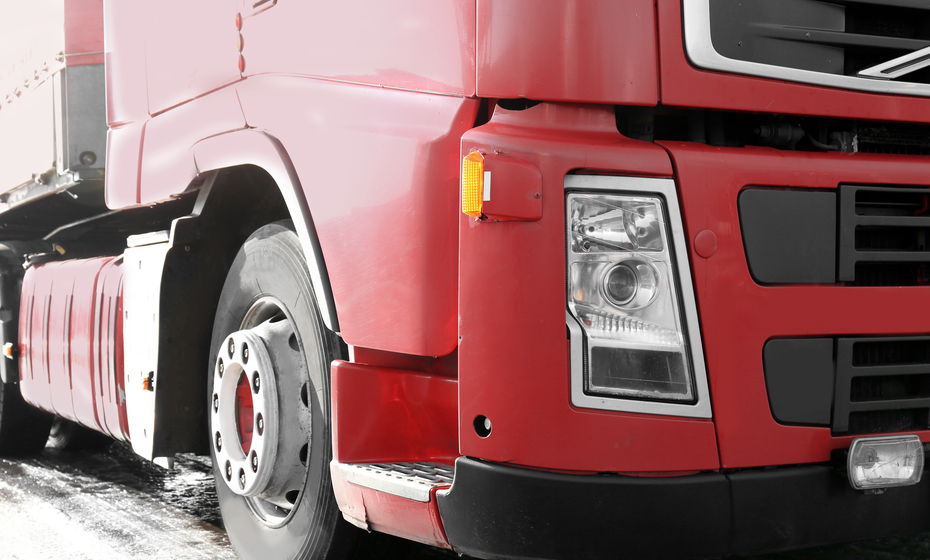Fire trucks have been around for over three centuries! Over the years, they have changed drastically. Though the idea of an emergency vehicle with which to put out fires remained relatively constant, equipment evolved, vehicles improved, greater responsibilities were assigned to these trucks. Soon, people expected more of them in general. To fulfill the massive responsibility of a fire truck, it must use state-of-the-art equipment and employ the latest automotive developments as well.
We’re going to take a look at the history of fire trucks and some of the key elements when it comes to design, apparatus, etc.
The History Of Firetrucks
Here’s just a little sampling of what the firetruck has been through as the centuries rolled by:
- Boston Massachusetts, 1678: the first fire company ever was created
- England, 1721: a patent was obtained for the design of a new water engine for extinguishing and quenching fires
- America, 1743: the first fire engine was designed and built by Thomas Lote
- Boston, 1821: the first cotton web, rubber lined firehose was patented
- New York, 1841: the building of the first steam powered, self-propelled fire engine
- 1873: makers of hand-horse and steam-powered fire engines Truckson LaFrance founded the LaFrance Manufacturing Company
- Springfield Massachusetts, 1905: the first truck body-mounted modern fire engine was constructed
- America, 1930: up to 150 feet of ladder began appearing on firetrucks because buildings were increasing in height
- 1940: cherry pickers (aerial platforms) were being fitted to fire trucks so that any building with a formerly unreachable corner could be serviced in a fire
- 1960: equipped with enclosed crew seats, cherry pickers, ladders, and water pumps, the modern-day fire truck was born
Key Elements of the Fire Truck
Referring to the fire truck strictly as a vehicle, there are several elements that are most essential. These are as follows:
- Low center of gravity
- Front to rear balance of equipment
- Good load distribution
You can imagine the problems that would arise when speeding around corners if load distribution, balance, and center of gravity were not just right. It certainly would never do to have the fire engine roll on its side when it’s being depended upon to save the lives and property of society. Add to that the loss of life that would likely take place in an accident such as that, and you have nothing short of a catastrophe on your hands.
This is why those three key design elements are so crucial.
Fire Engines Versus Fire Trucks
No, they are not one and the same. Take a look at the differences below.
Main components of a fire engine:
- Carry various hose types for both supply and attack
- Approximately 1500 GPM pump
- Ordinarily 500 to 750 gallon water tank
Main components of a fire truck:
- Specialized equipment for search and rescue tasks, ventilation, and forcible entry
- Wide assortment of ground ladders of varying lengths and types
- Hydraulically operated ladder (aerial)
Trivia for Your Next Party
Everyone is familiar with the sirens on fire trucks. But did you know that the siren of the first fire truck was actually the firehouse dog – the Dalmatian? Serving a critical and historical role, the dogs used to clear the way for firefighters. They would run alongside the speeding horse drawn fire wagons. They also helped to prevent the horses drawing the wagon from getting spooked. Their barking also served as a siren.
When it comes to trucks, Mickey Genuine Parts knows their stuff! We are one of the top contributing members in the trucking and transport industry. We carry parts, accessories, and more, as well as offering premium service at our certified service centers located throughout the United States. If you have any questions about Mickey and what we can do for you, feel free to contact one of our knowledgeable representatives.




